The Statue of Liberty
Last weekend, I visited the Statue of Liberty National Monument. After all these years of exploring New York City, I was finally going to see the Statue of Liberty up close! At least I wasn't the only one - it was the first visit for my friends Jean and Stephanie as well. Better late than never.
In Battery Park, at the southern tip of Manhattan, we boarded a boat to Liberty Island. It was a sunny and a little bit chilly - a beautiful day to be out on the water. As the boat drew closer to the Statue of Liberty, our excitement grew. This towering figure has been a symbol of freedom, welcome, and hope ever since its dedication in 1886.
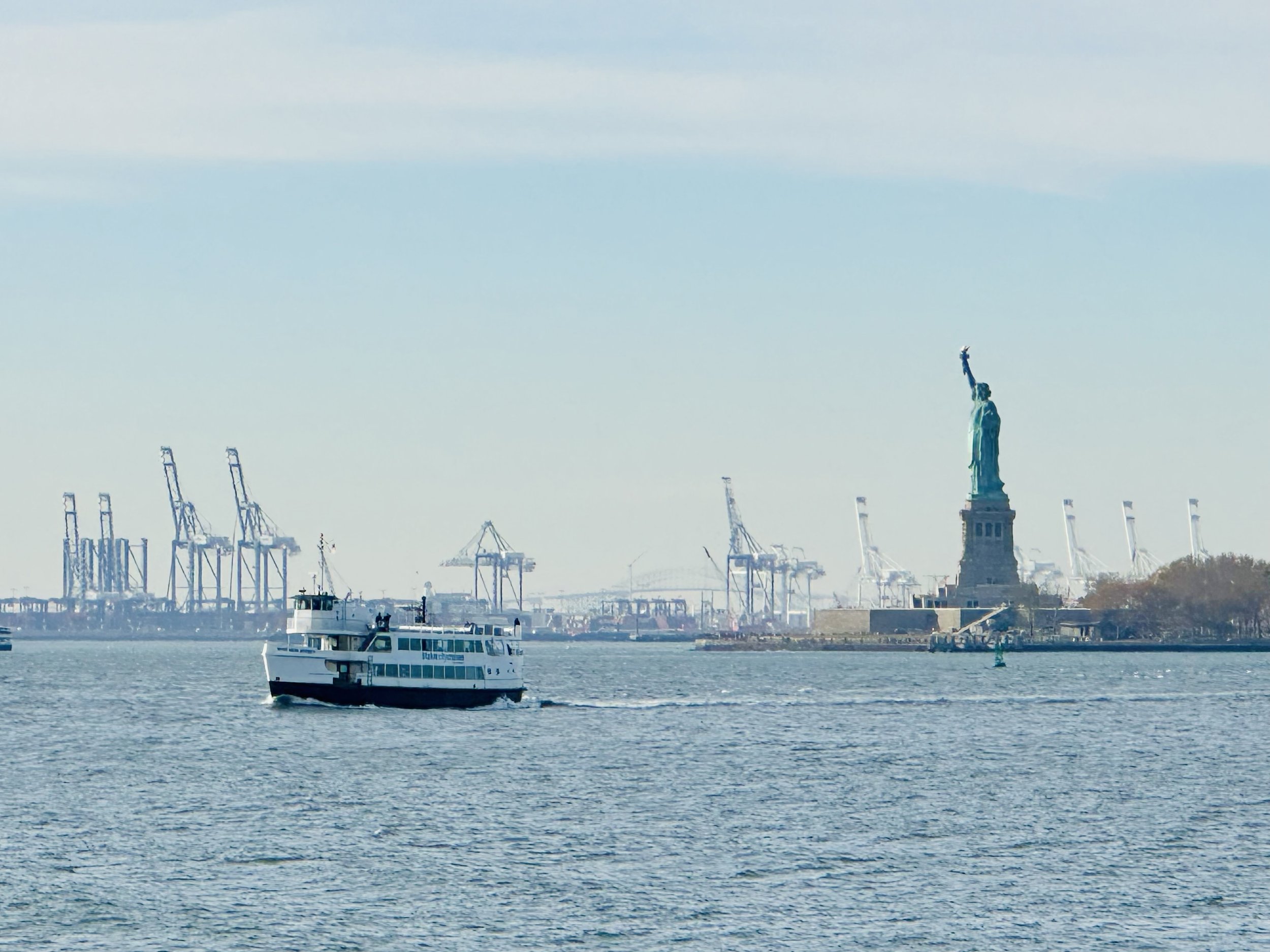
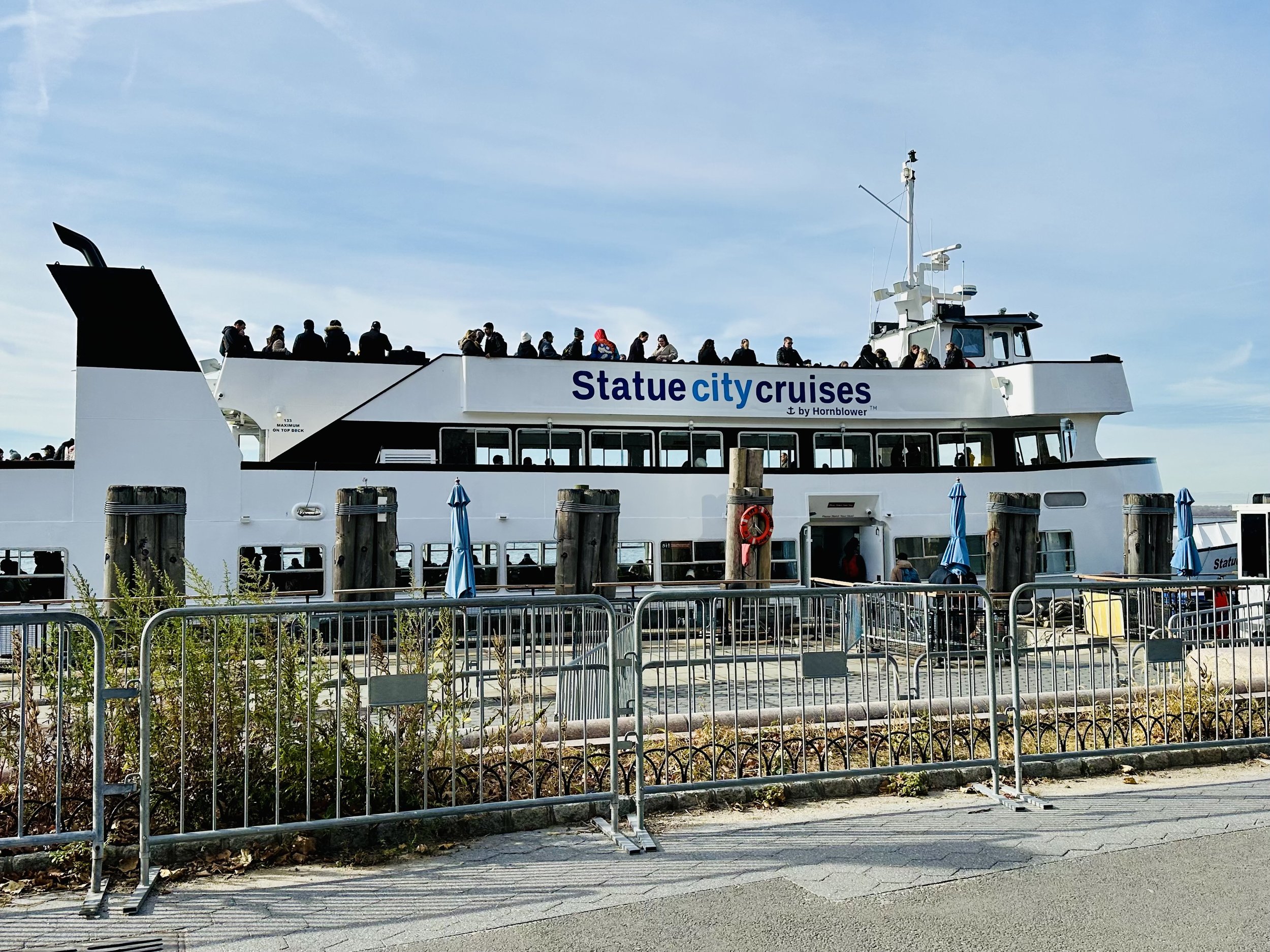
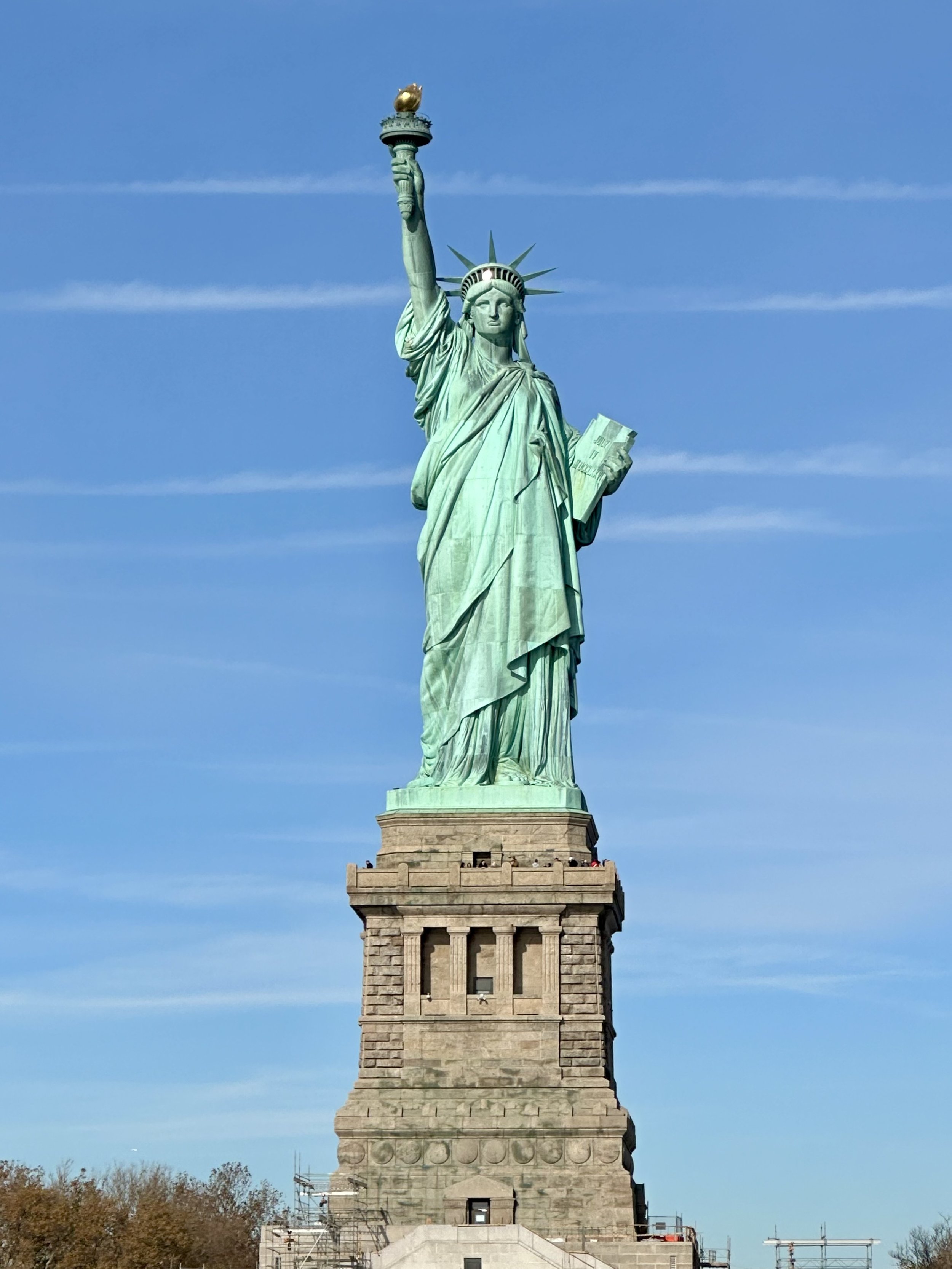
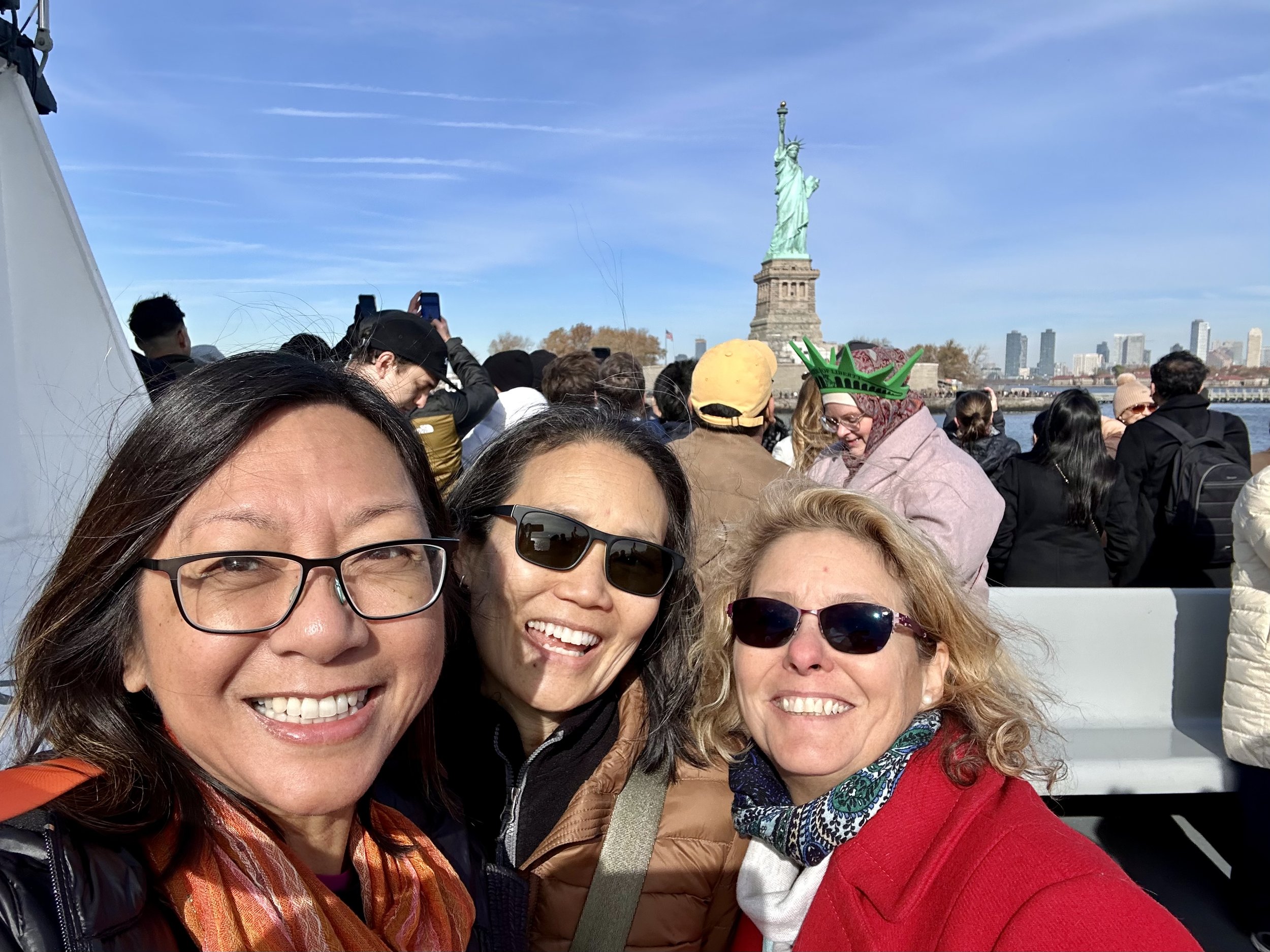
The statue is huge! And on that stone pedestal, she’s very tall. It’s just over 300 feet from the ground to the tip of the flame on her torch - the height of a 22-story building. We couldn’t get tickets to climb up to the crown, but we did climb 215 stairs (about 10 stories) to the top of the pedestal. It was fun to see the skyscrapers of Manhattan and Brooklyn from that height. And we were so close to the statue that we could barely see her head. We had a better view of her from the base of the pedestal.
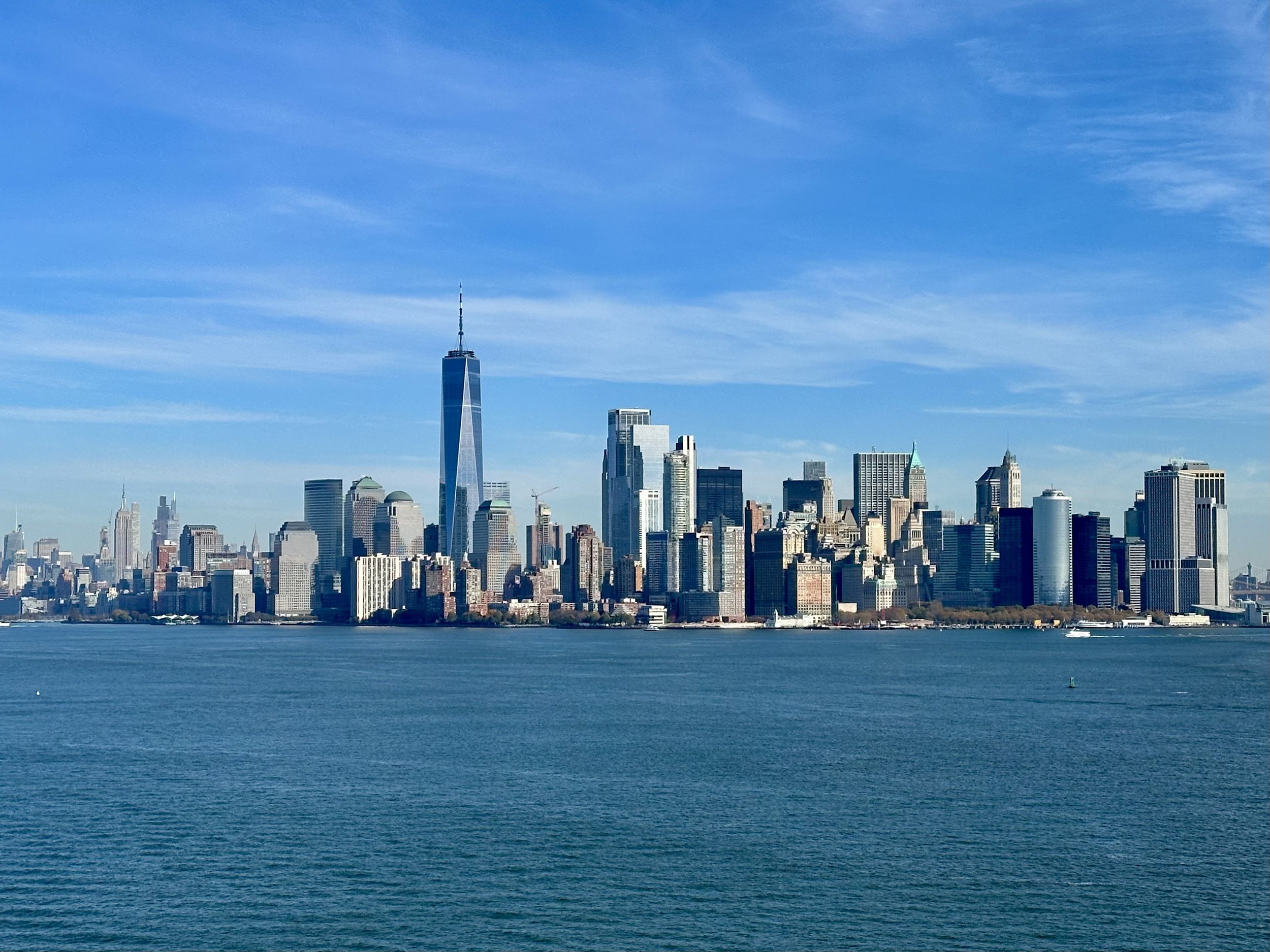
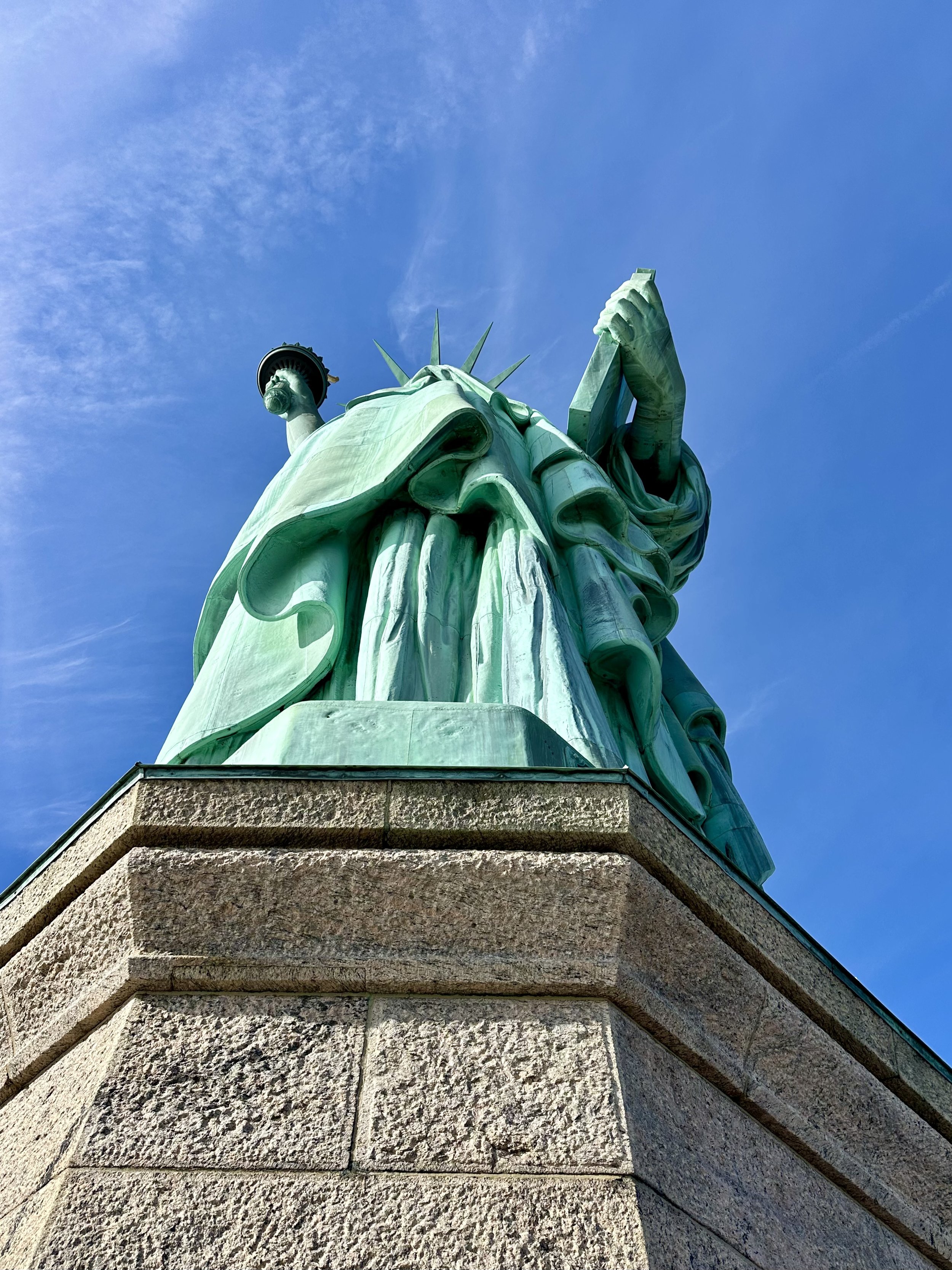
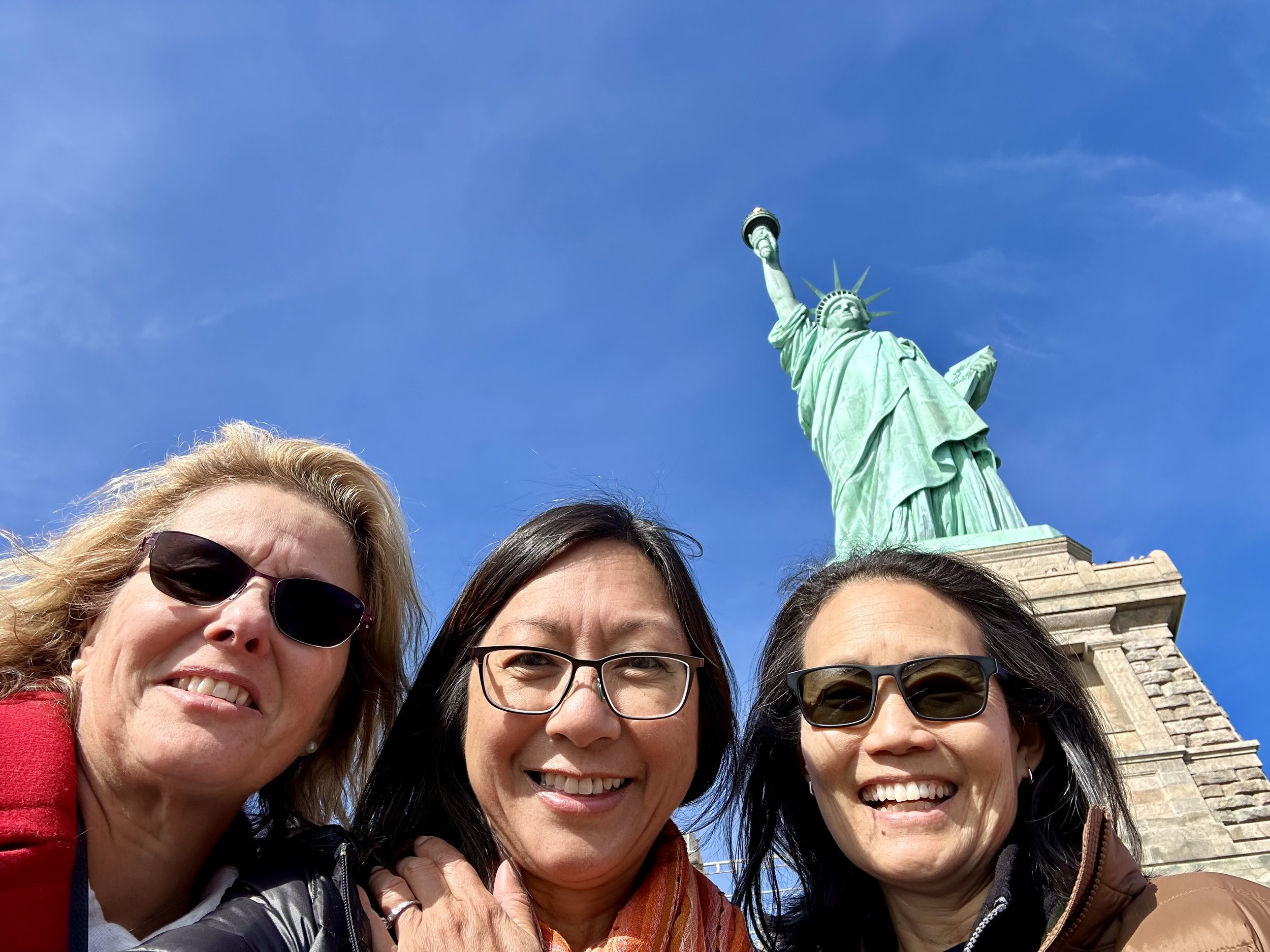
At the Statue of Liberty Museum, we learned more about how the colossal statue was created. At more than 151 feet tall, it presented a host of technical challenges that required innovative solutions. The statue was a remarkable feat of 19th-century French art and engineering - definitely awe-inspiring!
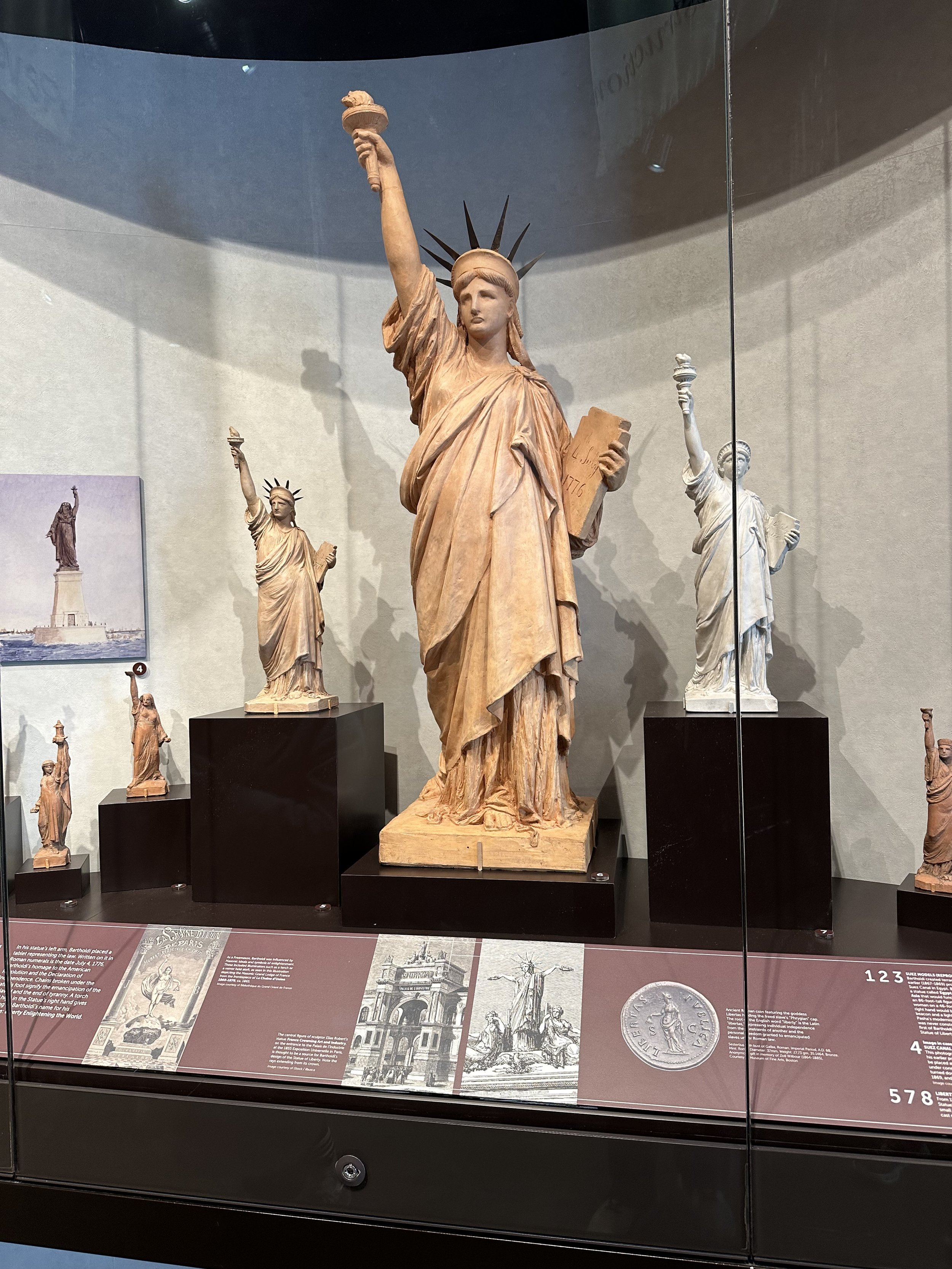
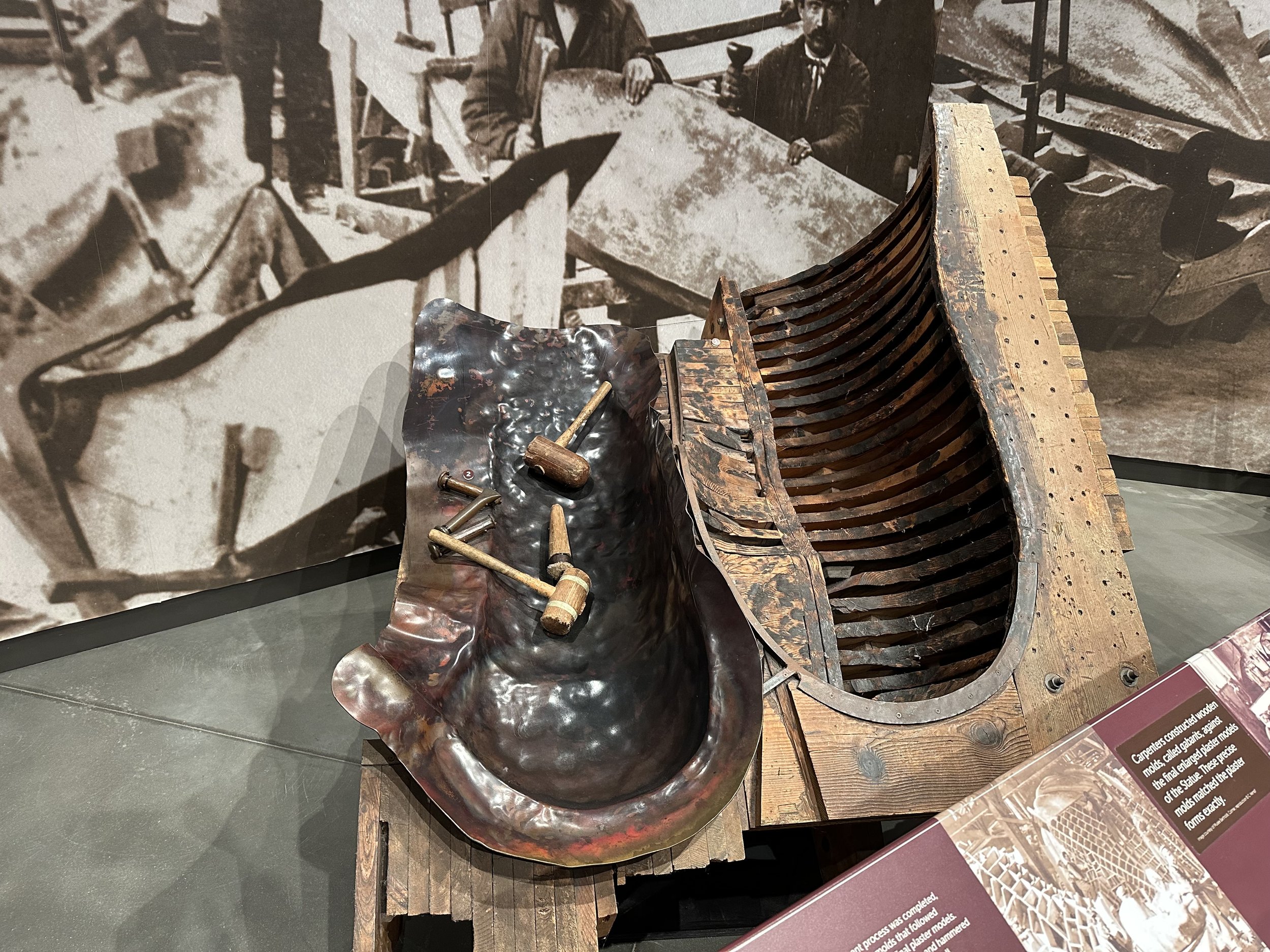
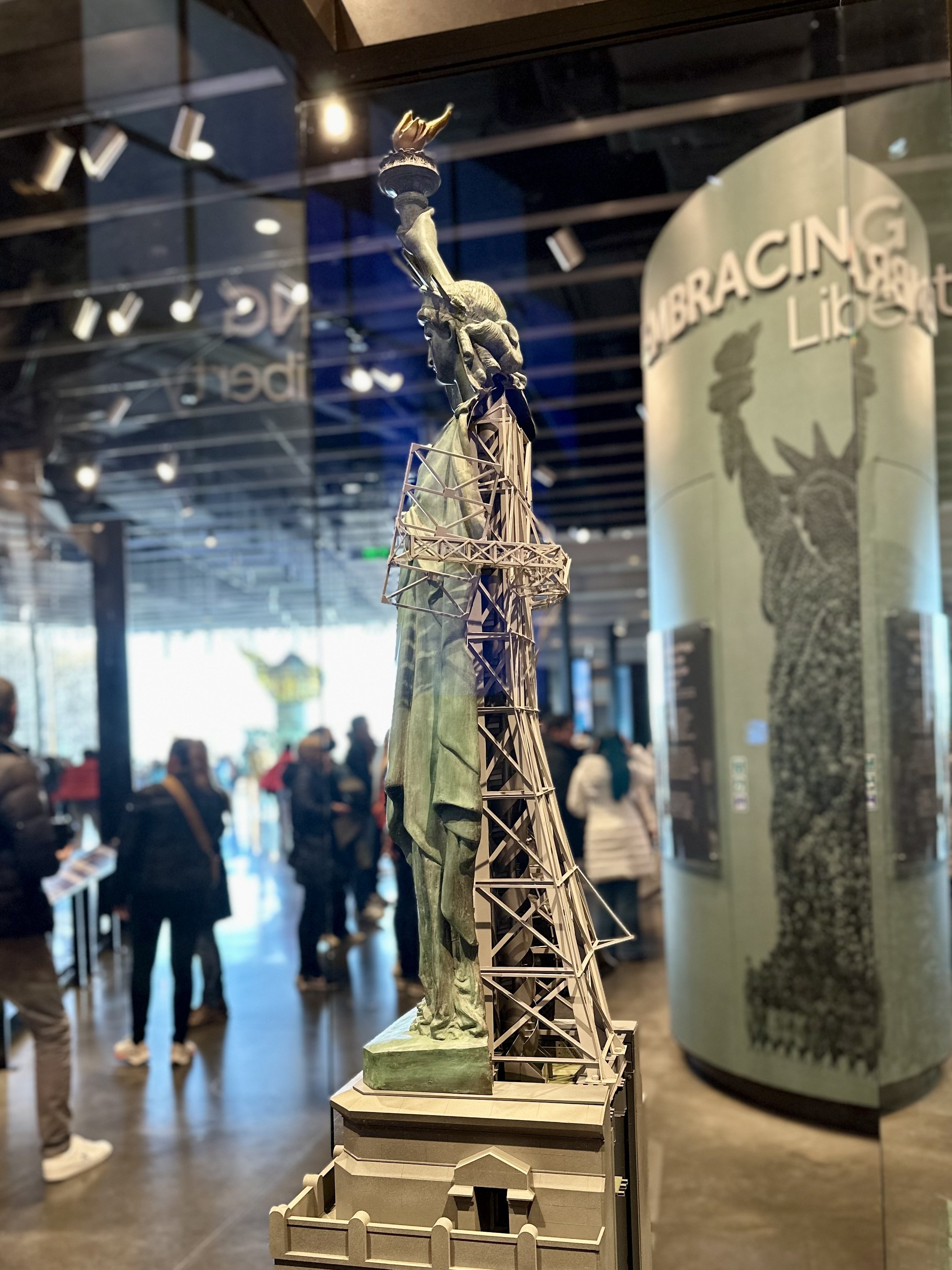
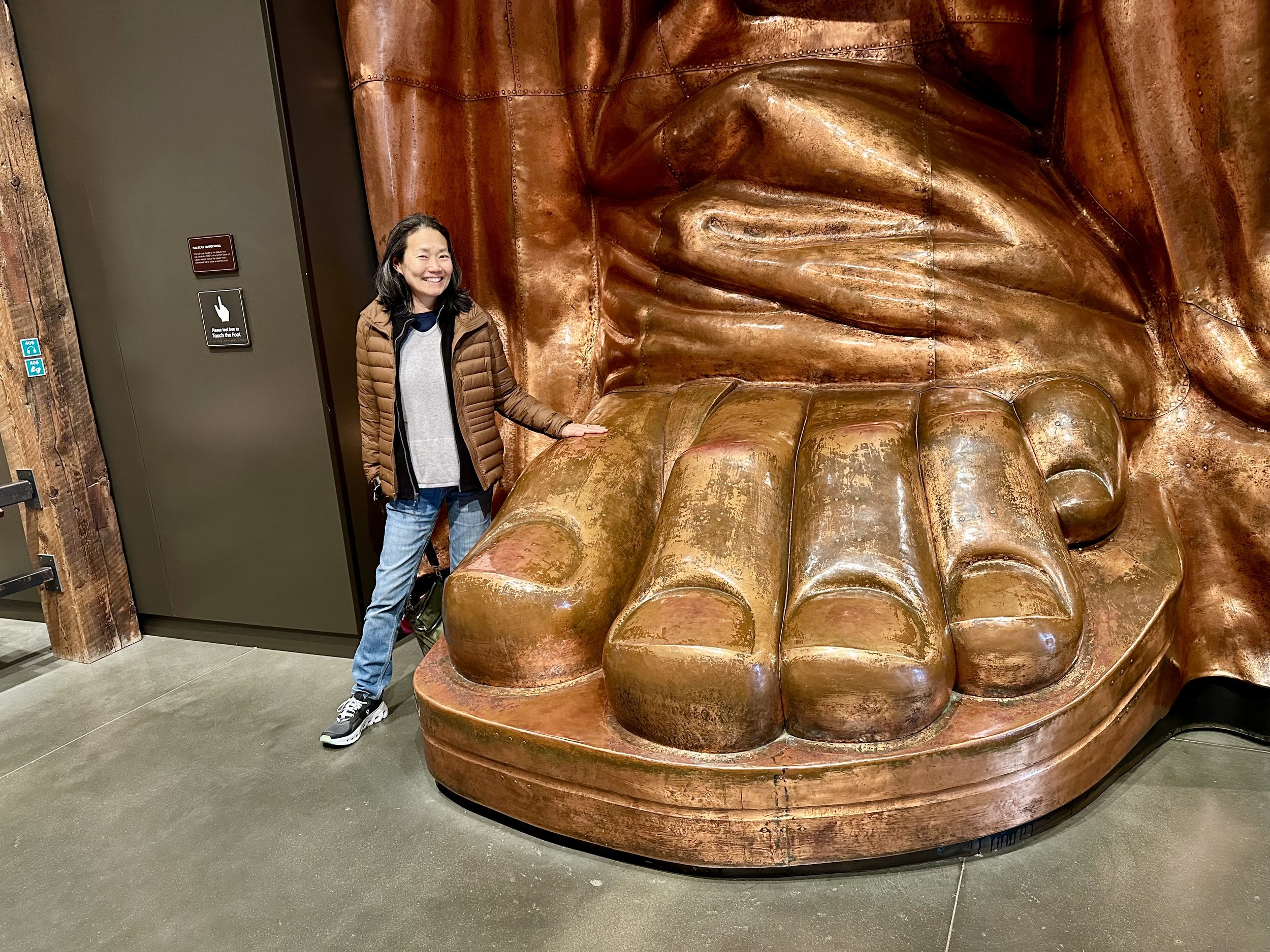
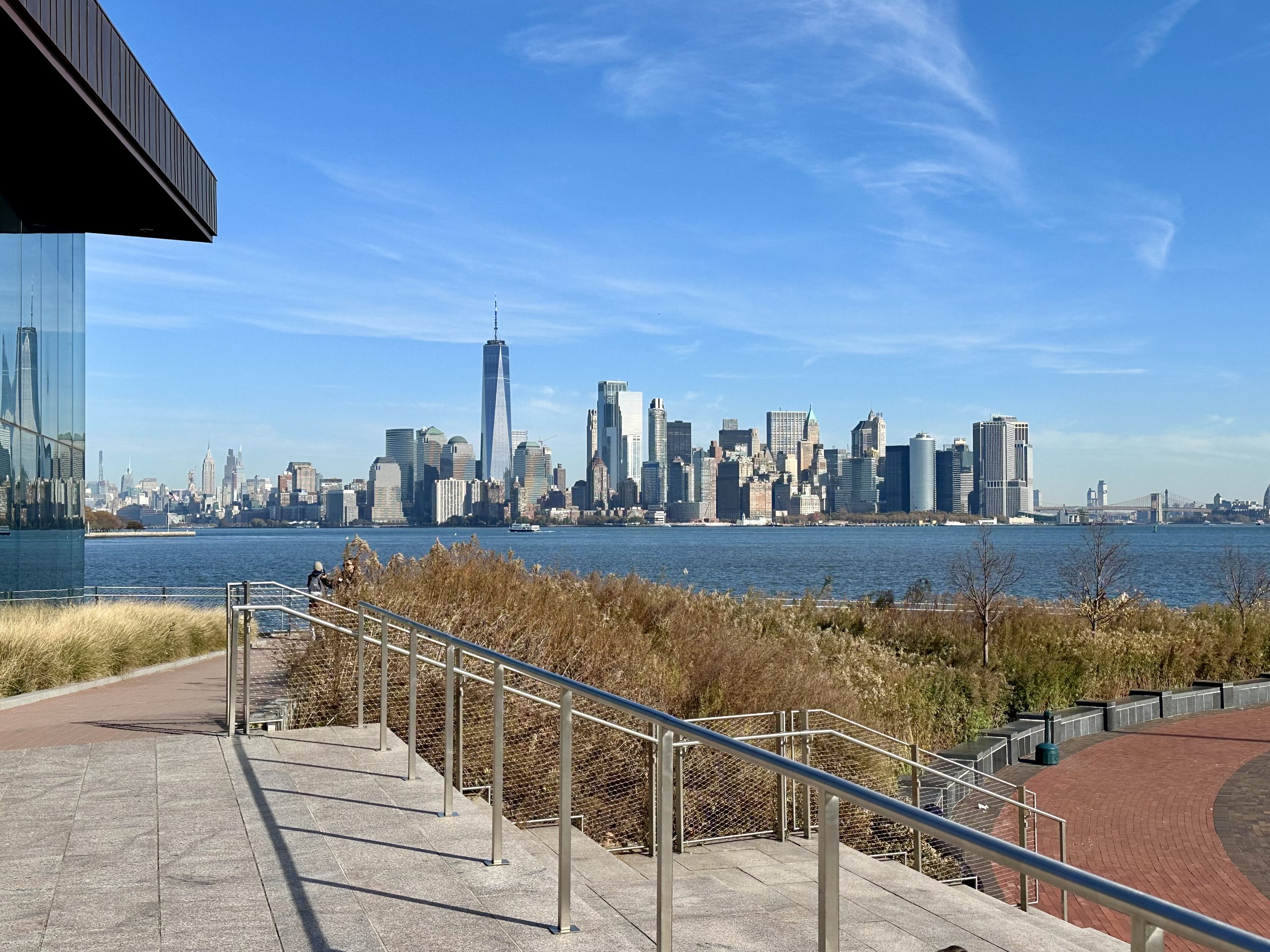
The Statue of Liberty was a gift from the people of France to the United States, in honor of the friendship between the two countries. It’s hard to believe any country being that magnanimous today.
Fun Facts
The statue’s real name is Liberty Enlightening the World.
The copper statue was originally brown; it took 35 years to develop the green patina.
The torch’s flame is covered in 24-karat gold leaf.
The statue’s internal metal framework was designed by Gustave Eiffel, who later designed the Eiffel Tower in Paris.
The statue was assembled in France; then it was disassembled, packed in crates, shipped across the Atlantic Ocean, and reassembled in New York Harbor.
The statue’s left foot stands on a broken shackle and chain, symbolizing the abolition of slavery.
The statue was paid for largely by hundreds of thousands of small donations from working people and children in France. The same is true for the pedestal, built using small donations from people in the United States. It was an early example of crowd-funding!